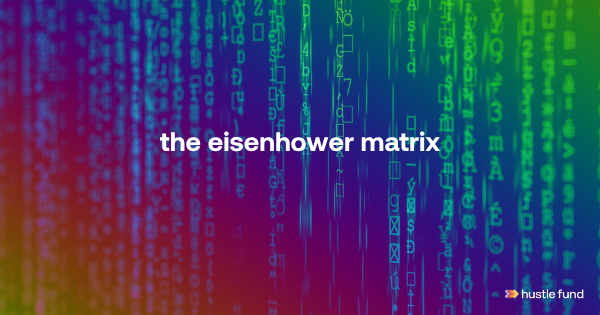How to monetize a new product like a pro, part 3: product-led growth
Welcome to the final installment of our series on how to monetize new products.
In the first post, we talked about getting aligned on product strategy. In the second, we talked about using market analysis to make product decisions. Today we’ll get into product-led growth.
So, what is product-led growth?
Product-led growth is growth that occurs without sales or marketing. In other words, instead of paying to bring customers in, the product itself creates new customers.
In our conversation with Ketaki Rao—who was a product leader for companies like Salesforce, Amazon, and data.ai—we discussed Amplitude’s product growth cycle in 5 steps:
- Curiosity. Get people interested in the product so they want to try it out.
- Aha! Moment. Make sure users see the value of the product as quickly as possible.
- Value Exchange. Keep providing value to the user.
- Trigger. Trigger and value are often on their own little loop together. A trigger of something like a marketing campaign is a way of continuously providing your customer with that value.
- Virality. Help users who see the value in your product share it with other potential users. This starts you over at step 1.
Confused? Let's look at a concrete example
Here’s how these 5 steps played out for Rao’s team and data.ai:
- Curiosity. In 2023, data.ai made the “State of Mobile” report. This report broke down data like mobile rankings and downloads, sorted by category and country. (Also known as market analysis, which we covered in the second installment.) If you were a mobile app developer, this data was a gold mine.
- Aha! Moment. Once developers started reading the report, they immediately got data that could help them compete in the mobile space.
- Value/Trigger. After this initial taste, developers of course wanted to remain updated as the data changed, as well as dig in to the other sort of info data.ai could provide. Every new data drop enabled them to keep track of relevant trends over time and remain competitive.
- Virality. Data.ai gave customers the ability to build their own data dashboards and share those dashboards with others, pulling more people into awareness of what data.ai could offer them.
Putting it all together
Thinking about your product in terms of this cycle can help you figure out the right spots for monetization.
Data.ai went the route of making some things available for free in order to prove to people that paying for other things would be valuable. Depending on what your product is, that model might not work for you. So look to connect the dots between the product you offer and how it’s going to lead to growth.
What about your product will make people naturally bump up against your product—and come back for more?
Want to hear more of Ketaki Rao’s advice on product development and monetization? Check out her presentation at our “Getting to $3Mill in ARR” summit here.
Happy monetizing!
Carolyn
This article was written by Carolyn Abram, a freelance writer with a passion for technology. She also writes fiction and teaches writing classes in her home of Seattle. You can learn more about her at her website or on LinkedIn.











